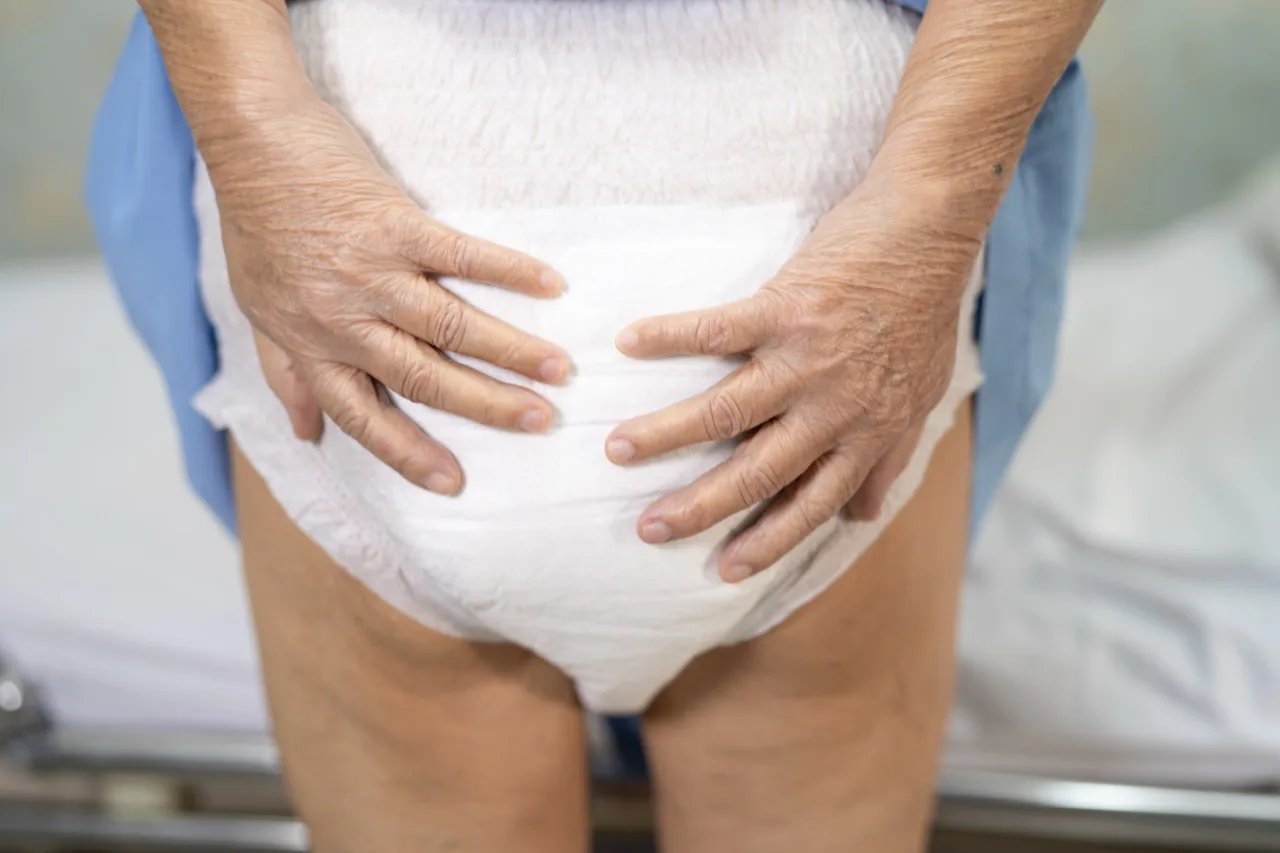Diagnosis of Incontinence
The diagnosis of incontinence begins with an examination after considering the patient’s complaints and medical history. At this stage, the strength of the anal canal muscles and the presence of any irregularities are evaluated through a digital rectal examination. In addition, anal manometry and anorectal ultrasound are frequently used to establish a diagnosis.
Anal manometry: This is a test performed using a small inflatable balloon and a catheter with a pressure sensor. The device is passed through the anal canal to measure the strength of the anal canal muscles.
Anorectal ultrasound: Using a small device placed in the anus area, ultrasound waves are used to assess the structure of the anal sphincter muscles and detect any damage.
Treatment of Incontinence
Dietary changes: In patients with mild incontinence, certain dietary changes may be beneficial. Avoiding spicy and fatty foods may help reduce incontinence.
Constipation-inducing medications: Patients with moderate incontinence can be treated with medications that cause constipation.
Muscle exercises: For patients with moderate incontinence, simple muscle exercises recommended by a doctor may be helpful. In addition, a physical therapy method known as “biofeedback” can assist in strengthening the anal muscles.
Surgical intervention: In cases of anal sphincter injury, surgical repair may be necessary. For patients with nerve or sphincter muscle injury, an artificial sphincter may be used.
Nerve stimulation: Control of defecation can be achieved by implanting a small device that provides electrical stimulation to the sacral or tibial nerve. This method is preferred in cases where the anal muscles are not damaged but weakened.
Colostomy: In rare cases where other treatment options fail, a colostomy may be necessary to improve the patient’s quality of life.


